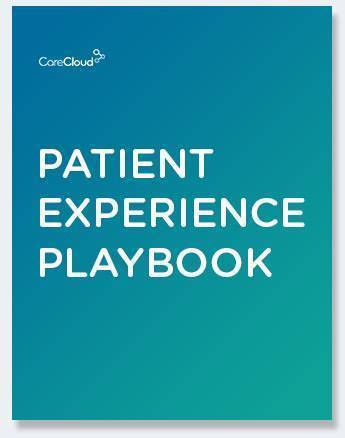Many patients already check social media and online reviews before coming to your medical practice. They also show up with specific questions after looking up symptoms online, sometimes even on their smartphones during a visit.
Consumers will continue to drive changes in their healthcare experience with more and bigger changes coming soon. That’s the consensus of industry experts at the emerge Americas 2015 conference in South Florida.
Patients will have more say in healthcare because:
The Affordable Care Act is fueling more innovation
Consumers are paying a greater share of healthcare expenses
New technology is making direct involvement easier
“Consumerism will likely revolutionize this industry,” said Barbara Ryan, CNBC Contributor. “It is crucial [the industry] reaches consumers with relevant information and educates them on costs and outcomes. With that, it’s an opportunity for us to benefit from a more connected and cost-effective health care system.”
Higher Stakes with Higher Deductible Plans
Consumers pay a greater percentage of healthcare expenses. “The ACA was the catalyst to start innovation in the health care space. But what really threw the fuel on the fire was the fact that one-third of Americans are on high deductible plans now,” George Gordon, Executive Director of Healthbox Florida, said at #emerge15.
Technology-Fueled Engagement
Consumers are looking for meaningful, measurable value. “Some of the data and technology is enabling a lot of this, enabling consumers to make informed choices,” said Jeff Woods, Managing Director of U.S. Healthcare Practice at Parthenon, Ernst & Young. Consumer-driven healthcare will likely also mean more transparent pricing, he added.
Dr. Pat Basu, Chief Medical Officer at Doctors on Demand, explained how video visit technology brings physicians and patients closer together. Patients use an app to connect with a doctor in their state. The physicians diagnose conditions such as sinus infections, urinary tract infections and rashes that might otherwise drive patients to urgent care or an ER. Company data show 93% of video visits resolve a concern at the time of care, with the remaining 7% of people given specific guidance on what to do next.
“Doctors love it, patients love it. We have about 1400 physicians across the country — they love it because they get to spend about 55 minutes of the hour on diagnosis and treatment,” Dr. Basu said.
An Increasing Role for Patient Portals?
It’s not just about growing influence, it’s about greater patient engagement as well. With the proliferation of electronic health records, more and more patients can engage with their medical providers and practices through secure patient portals. Meaningful Use incentives even require a minimum, proven level of electronic patient interaction.
Consumers like online and mobile-friendly patient portals that give them a free, convenient way to stay in touch with providers. Some portals also let patients request appointments, access their clinical records and even pay their bills online.

Download the Patient Experience Playbook


